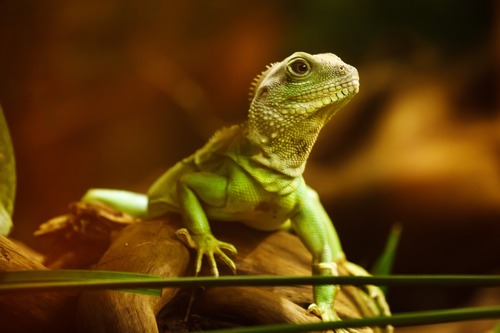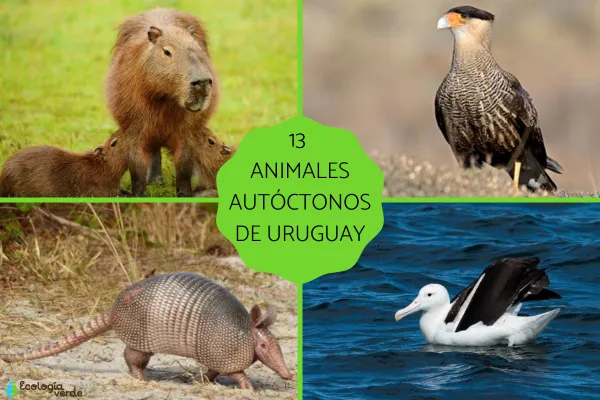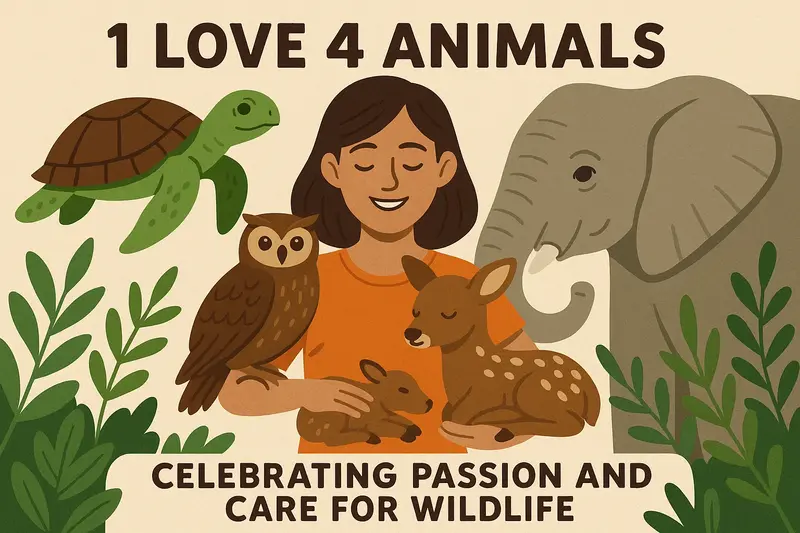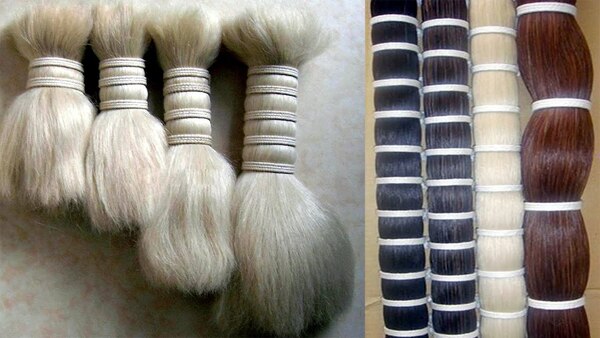Introduction
The history of life on Earth spans billions of years, and many animals have lived on Earth for millions of years Even hundreds of millions of years old, they are the oldest animals we see today. These ancient creatures are not only important witnesses of the evolution of life on Earth, but also reveal the extraordinary adaptability of life to extreme environments and changes. However, with the changes in the modern environment, many ancient animals are facing threats to their survival and are either endangered or under protection. This article will give you a detailed introduction to some of the oldest animals on Earth and their protection levels.
1. Horseshoe Crab
Origin time: About 450 million years ago (Ordovician)
Habitat: Mainly distributed in North America and Coastal areas of Asia
Protection level: protected animals, some species are Near Threatened Species (NT)
Horseshoe crabs are a strangely shaped arthropod often called a "living fossil". The appearance of horseshoe crabs is almost the same as their prehistoric ancestors, and their blood contains a unique Copper-based compound - blue blood. This blue blood is widely used in medical testing and is a key component in detecting bacterial toxins. Although horseshoe crabs are widely studied, their habitat is seriously threatened due to coastal development, pollution and fishing.
Conservation status: The World Conservation Union (IUCN) lists some horseshoe crab species as "Near Threatened Species" , and strengthened the protection of its habitat, while calling for a reduction in the excessive extraction of horseshoe crab blood.
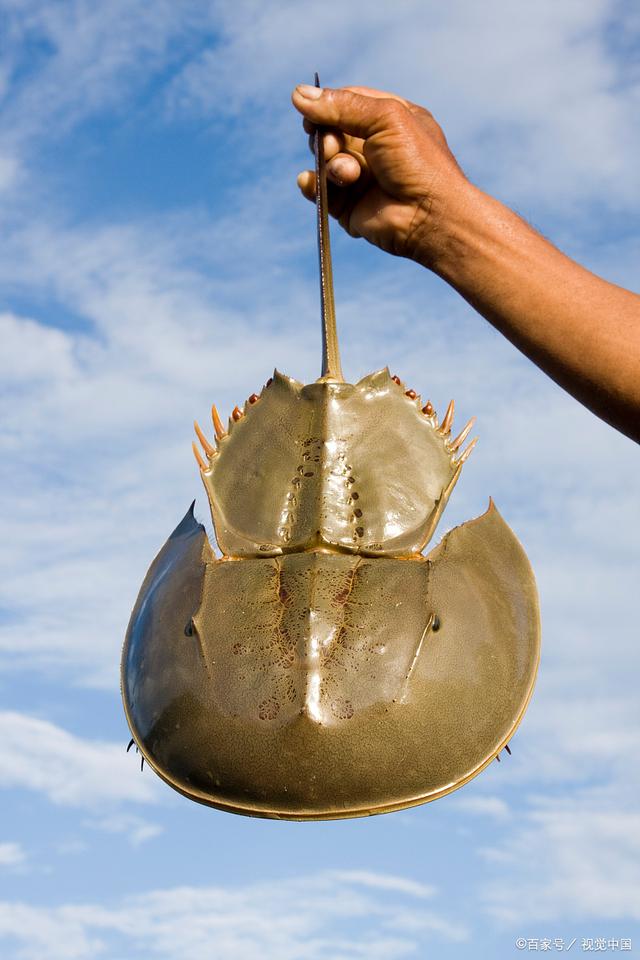
2. Coelacanth
Origin time: about 400 million years ago (Devonian period)
Habitat: coastal waters of the western Indian Ocean, South Africa, Indonesia, etc.
Protection level: Critically endangered species (CR)
The coelacanth was thought to have become extinct in the Cretaceous period about 65 million years ago, but in 1938, scientists rediscovered it in the waters off South Africa. It was discovered. Coelacanths are representatives of lobe-finned fish and are known as "living fossils". Their fin structure is similar to the limbs of tetrapods, revealing the evolutionary process of fish transitioning to land animals.
Conservation status: Due to its extremely small population, the coelacanth is listed as a "critically endangered species" by the IUCN. Global fishing activities, habitat destruction and climate change have brought tremendous survival pressure to the coelacanth.
3. Sponge
Origin: About 700 million years ago
Habitat: Oceans and freshwater areas around the world
Protection level: Generally no crisis, but the habitats of some species are threatened
Sponges are one of the earliest multicellular animals. As early as 700 million years ago, sponges lived in the oceans of the earth. Sponges seem simple. They have no organs or tissues and rely on cells in their bodies to absorb and filter nutrients. Although there are many sponge species, most are not under significant threat, but human activities have potential impacts on their habitats.
Conservation Status: Some sponge species live in fragile ecosystems such as coral reefs, so sponges in these areas are also threatened by habitat destruction, pollution and climate change.
4. Nautilus
Origin: About 500 million years ago (Cambrian period)
Habitat: Deep sea areas of the western Pacific and Indian Oceans
Protection level: Some species are Endangered species (EN)
Nautilus is a very ancient cephalopod that appeared on Earth as early as the Cambrian period 500 million years ago. Their shells have a unique spiral structure that helps them adjust their buoyancy in the depths of the ocean. Due to overfishing and commercial demand for its shells, the number of nautilus has declined dramatically.
Conservation status: Due to overfishing and commercial development, some species of nautilus have been listed as "endangered species". Some countries and regions have implemented protection measures for nautilus, restricting fishing and trade.
5. Crocodile
Origin: About 200 million years ago (Triassic)
Habitat: Rivers, lakes and wetlands in tropical and subtropical areas
Protection level: Some species are Critically Endangered (CR), and some species have recovered to **Least Concern (LC)** status
Crocodiles are one of the oldest reptiles on Earth, with ancestors dating back to the age of dinosaurs. Crocodiles evolved to become top predators in the water, with strong bite force and adaptability to the environment. Although some crocodile populations are stable, some crocodile species are facing survival crises due to habitat loss and illegal hunting.
Conservation status: For example, the Philippine crocodile (Critically Endangered Species) is extremely rare, while the American alligator has gradually recovered under strict protection and has been listed as Least Concern. Worldwide protection of crocodiles focuses on wetland and water protection and anti-poaching measures.
6. Sea Turtle
Origin: About 100 million years ago (Cretaceous)
Habitat: Warm waters around the world
Protection level: Most species are Endangered (EN) orCritically Endangered (CR)
Sea turtles are another ancient reptile whose ancestors can be traced back to the age of dinosaurs. Sea turtles have strong adaptability, can migrate long distances and adapt to a variety of marine environments. However, illegal fishing, plastic pollution, habitat destruction and climate change seriously threaten their survival.
Conservation Status: The World Conservation Union (IUCN) lists many sea turtles as "Endangered Species" or "Critically Endangered Species", such as leatherback and green turtles. Global protection of sea turtles has gradually increased, and their populations have been maintained by establishing protected areas, restricting fishing activities, and combating illegal trade.
7. Trilobite
Origin time: about 520 million years ago (Cambrian period)
Habitat: extinct, but widely present in prehistoric oceans
Protection level: extinct
Trilobite is one of the most representative animals that appeared during the Cambrian explosion. Their fossils are found all over the world and are important materials for paleontologists to study the evolution of early life. Although trilobites were widely distributed over more than 200 million years of Earth's evolutionary history, they eventually became extinct in the end-Permian mass extinction event about 250 million years ago.
Conclusion
The oldest animals on Earth are not only a symbol of natural wonders, they also represent the resilience of life and the wisdom of evolution. However, with the intensification of human activities, many ancient animals are facing unprecedented threats to their survival. To protect these precious "living fossils", we need to take more measures to maintain their habitats and reduce human interference and destruction. By protecting these ancient creatures, we are not only protecting the diversity of nature, but also preserving the precious heritage of the evolution of life on Earth.

